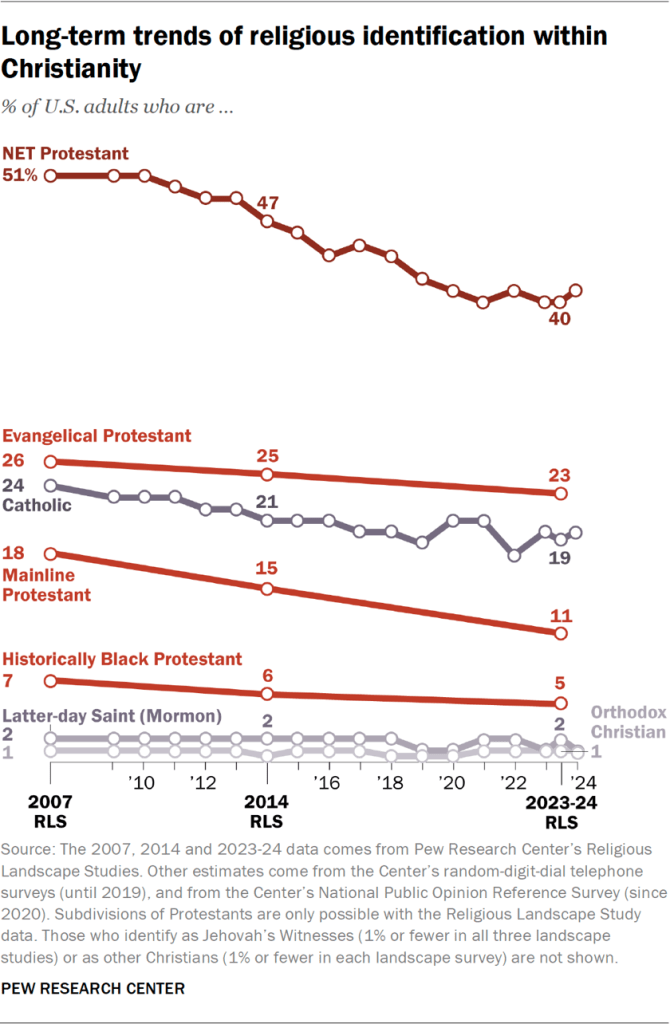The decline in traditional worship is more than just a shift in religious practice—it represents a deeper transformation in how we form connections, share values, and build a sense of belonging. In a world where digital lives often eclipse physical communities, the fading role of churches, temples, and synagogues leaves a vacuum not easily filled. At Remin.site, where we preserve memory and meaning for generations to come, we believe that what we lose—and what we choose to rebuild—shapes not only our future but our collective identity.
Introduction: Faith, Community, and a Changing World
Throughout history, religious institutions have played a vital role in anchoring communities. Weekly gatherings, sacred holidays, and shared rites of passage brought people together and provided a moral compass through turbulent times. But today, those familiar pillars are eroding.
“Faith is not just about belief. It’s about belonging.”
As traditional worship declines, what happens to the communities once formed around them? Where do we now find support, identity, and shared purpose?
Overview of Worship Attendance Trends
The numbers tell a powerful story. According to Pew Research’s 2025 Religious Landscape Study, religious service attendance has steadily declined across nearly all age groups and denominations.
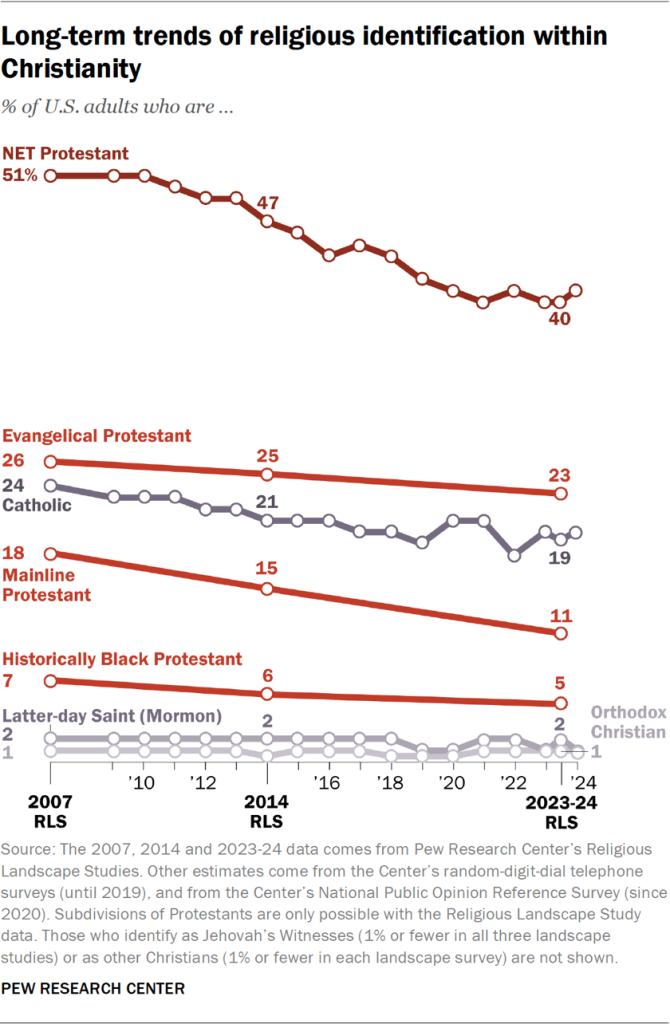
Statistics Showing the Decline in Religious Participation
- In the U.S., only 28% of adults now attend weekly services, down from 43% two decades ago.
- Among Millennials and Gen Z, more than 60% identify as religiously unaffiliated or “spiritual but not religious.”
- In Europe, less than 15% of young adults regularly participate in organized worship.
These aren’t just statistics. They represent a shift in how people relate to tradition, authority, and each other.
Generational Differences in Worship Habits
The generational divide is sharp. While Baby Boomers often view worship as foundational, younger generations see it as optional—or even obsolete. But this isn’t merely a rejection of faith. It’s often a reevaluation of how faith fits into a rapidly evolving cultural landscape.
As highlighted by this projection from Pew Research, religious disaffiliation is expected to accelerate in the coming decades.
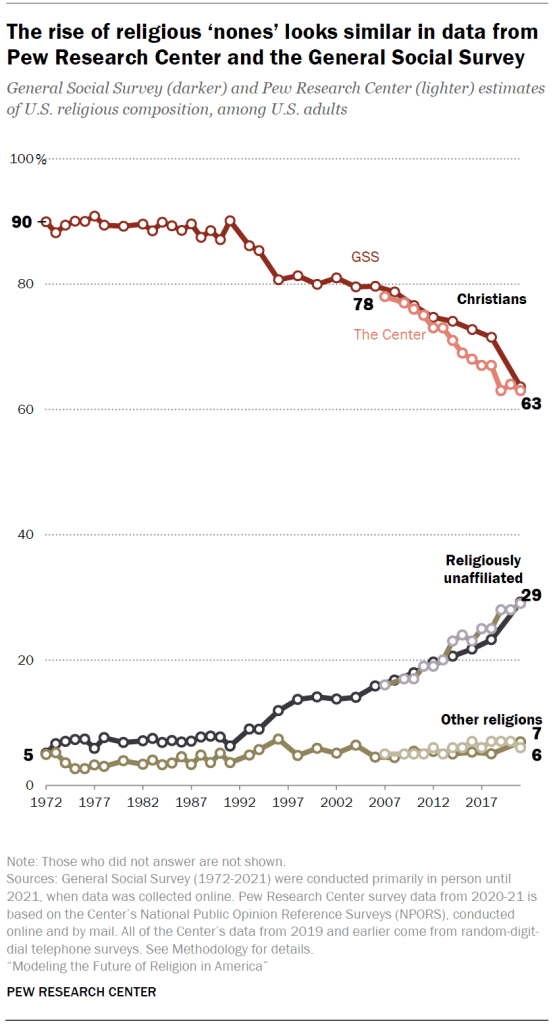
How Worship Connects Individuals to Their Communities
At its best, traditional worship has never just been about doctrine. It has been about connection—between people, generations, and a sense of purpose.
Shared Rituals as Tools for Identity Formation
Rituals—from baptisms to bar mitzvahs, from Friday prayers to Sunday services—mark the milestones of life. These events serve as communal affirmations of identity, belonging, and moral values.
- They foster intergenerational relationships.
- They reinforce moral and ethical norms.
- They provide a sense of rhythm and structure.
Without them, many people report feeling adrift, especially during major life transitions such as marriage, loss, or parenthood.
The Role of Houses of Worship in Social Support
Churches, mosques, temples, and synagogues often function as community centers—offering childcare, meals, mentorship, counseling, and more. With their decline, many communities lose vital networks of care and trust.
“It was never just about the sermons. It was the people, the meals, the hugs after service.” — Former parishioner in Detroit
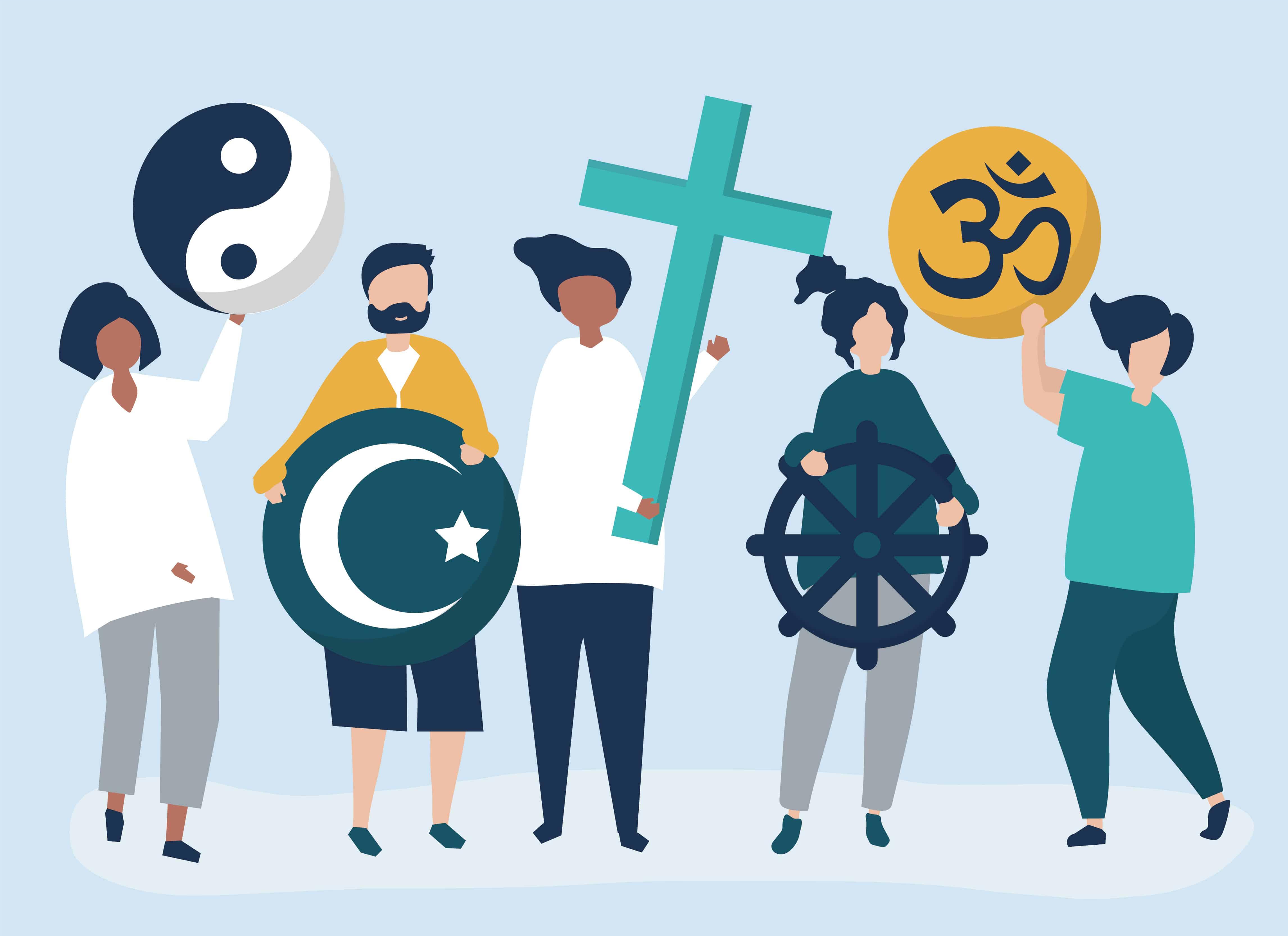
Without physical spaces to gather, the very fabric of community life begins to fray. A sense of isolation takes root where connection once flourished.
Modern Spirituality vs Traditional Practices
Yet, in the void left by traditional worship, something new is emerging. People are not becoming less spiritual—they’re becoming differently spiritual. This trend toward personalized belief systems is reshaping how people connect with the divine and each other.
Rise of Personalized Spiritual Experiences
Today’s seekers are creating their own paths—mixing mindfulness, meditation, yoga, ancestral rituals, and even astrology into deeply personal spiritual practices. While empowering, this approach is also highly individualistic and sometimes lacks the communal aspects of traditional religion.
The Digital Shift: Worship in Online Spaces
During the pandemic, worship moved online out of necessity. But even as physical spaces reopened, many congregants stayed digital—tuning into live-streamed sermons, podcasts, and virtual prayer circles.
While this increases accessibility, it also raises a critical question: Can virtual spaces truly replace the sense of togetherness once offered by in-person worship?
This is where platforms like Remin.site step in—creating digital sanctuaries for memory, meaning, and connection beyond the physical realm.
Cultural Impacts on Worship and Community
Religious identity is often deeply intertwined with cultural and ethnic heritage. As worship declines, the impact ripples across generations and communities—especially among immigrant and minority populations.
The Diversity of Worship Across Ethnic Communities
For many Latino, African, Asian, and Indigenous communities, places of worship serve as anchors for preserving language, food, art, and intergenerational bonds. Their decline can lead to the erosion of much more than spiritual practice.
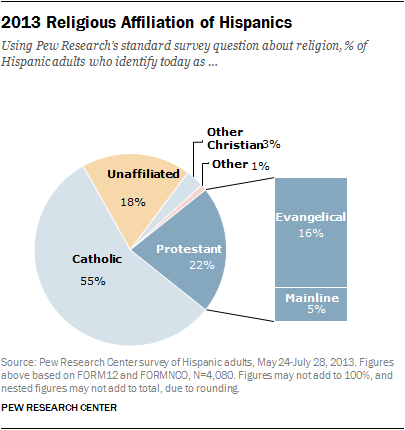
Immigrant Communities and Generational Gaps in Faith
First-generation immigrants often cling to religious practices as cultural preservation. Their children, raised in a different context, may not feel the same urgency. This creates not only spiritual but familial tension—a divide between memory and modernity.
How do we bridge this gap while honoring both heritage and the right to personal belief? What replaces the shared narratives that once came from pews and pulpits?
Psychological and Social Effects of Isolation
As the communal aspect of worship fades, the repercussions go beyond faith. At the heart of it lies a growing sense of disconnection and isolation. Humans are social beings, and shared beliefs have long been one of the strongest ties binding us together.
The Loss of Belonging in Post-Worship Societies
In communities where church bells no longer ring and neighbors no longer gather in sanctuaries, a quiet loneliness sets in. This isn’t merely anecdotal—research has shown a direct link between declining religious affiliation and rising levels of anxiety, depression, and suicide.
- People lack spaces to process grief, joy, or personal transformation.
- There are fewer support networks during times of crisis.
- Generational wisdom and traditions risk being lost.
“The moment we stop gathering, we stop remembering—and the silence grows louder.” — Community elder, Philadelphia
The Link Between Declining Worship and Mental Health
Without spaces for ritual and reflection, we lose the pause that helps us re-center. Traditional worship offered not just teachings, but time—time to be still, to feel, to connect. Today, mental health professionals are calling for what faith once offered: meaning, purpose, and belonging.
This is where Remin.site steps in. By storing memories, rituals, and personal stories, Remin empowers people to preserve the emotional and spiritual richness that might otherwise be lost. When places disappear, memories must become places themselves.
New Forms of Community and Belonging
Despite the decline in traditional worship, humanity is resilient. People are creating new expressions of belonging—from spiritual movements to secular rituals that serve the same fundamental purpose: connection.
Secular Gatherings and Civic Engagement
In cities across the globe, community dinners, activism meetups, storytelling nights, and volunteer collectives are beginning to fill the gap once held by religious congregations. These events may not involve prayer, but they foster the same sense of togetherness and shared values.
- Secular Sundays that gather people for music and reflection
- Death Cafés that encourage open conversations about mortality
- Local volunteer circles replacing church-based outreach
While not religious, these are deeply spiritual in their capacity to bring people together.
Spiritual but Not Religious: A Growing Demographic
There’s a growing population identifying as “spiritual but not religious”. They meditate, they journal, they create altars in their homes—but they resist dogma. These individuals often seek meaning on their own terms, turning inward rather than upward.
At Remin.site, we embrace this shift by offering a space where individuals can leave behind not just records of their lives, but expressions of their inner worlds—personal philosophies, messages for loved ones, visions of the divine. It’s a modern sanctuary without walls.
Conclusion: Navigating Identity in a Post-Traditional World
The decline in traditional worship is not the end of spiritual or communal life—it’s a transformation. In this transition, we are called to reimagine how we connect, remember, and belong. What we lose in ritual and rhythm, we must rebuild in meaning and memory.
What Can Be Recovered or Reimagined?
The challenge ahead is not to revive old systems for their own sake, but to recover the human needs they met: solace, structure, solidarity. Whether through a digital platform, a forest gathering, or a storytelling circle, the essence remains the same—we want to matter to each other.
“Death is not the end—it is the beginning. Of remembrance. Of legacy. Of reconnection.” — Remin.site
Final Thoughts on Community, Worship, and Human Connection
In a world where places disappear and traditions fade, Remin.site helps ensure that your memories, your spirit, and your truth endure. Because identity is not just about what we believe—it’s about what we leave behind. And when faith changes, memory becomes the altar.
Frequently Asked Questions
Why is traditional worship attendance declining?
Factors include modernization, secularization, generational shifts, and skepticism toward institutional authority. Younger generations prefer personalized spirituality and are less likely to participate in organized religion.
How does this decline affect community identity?
Traditional worship often provided a central hub for relationships, shared values, and mutual support. Its decline leads to fragmentation, weakening the social fabric and leaving many feeling isolated.
Are new forms of community replacing traditional worship?
Yes. From spiritual collectives to community activism, people are building new spaces for connection. These may not follow religious traditions but still meet fundamental human needs for belonging and purpose.
What role does Remin.site play in this shift?
Remin.site helps individuals preserve memories, stories, and values—creating a digital space for legacy and connection. It serves as a bridge between past traditions and future meaning-making.
Can we build meaningful communities without religion?
Absolutely. While religion has long provided structure, humans are creative. We are learning to form connection through culture, creativity, compassion—and memory. The key is intentionality and the courage to create new rituals that reflect who we are today.
